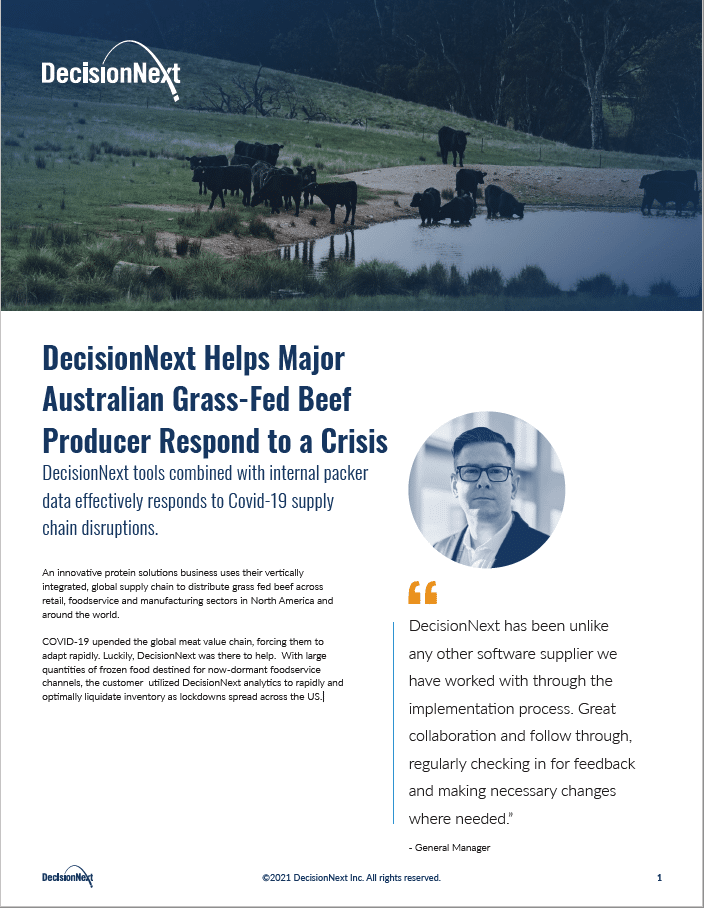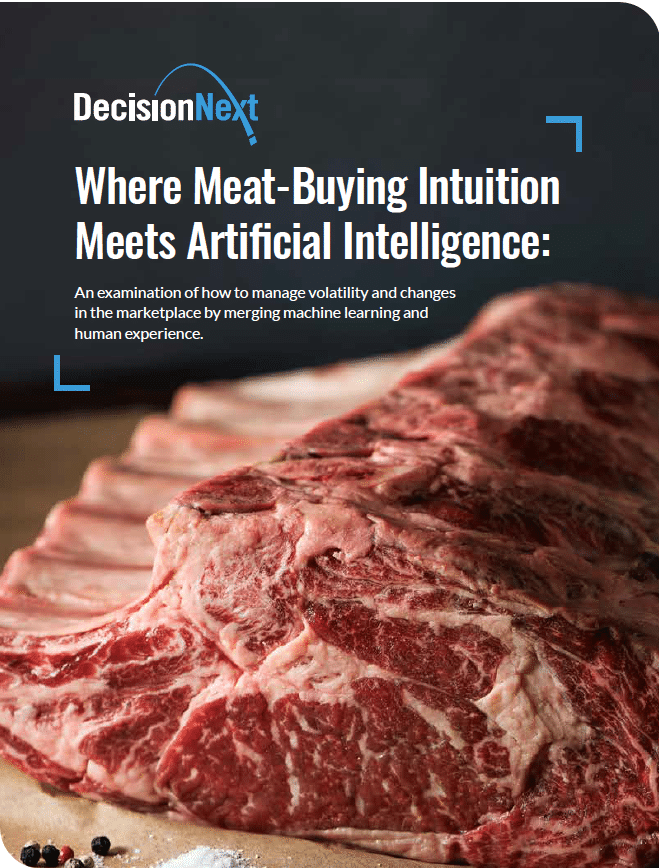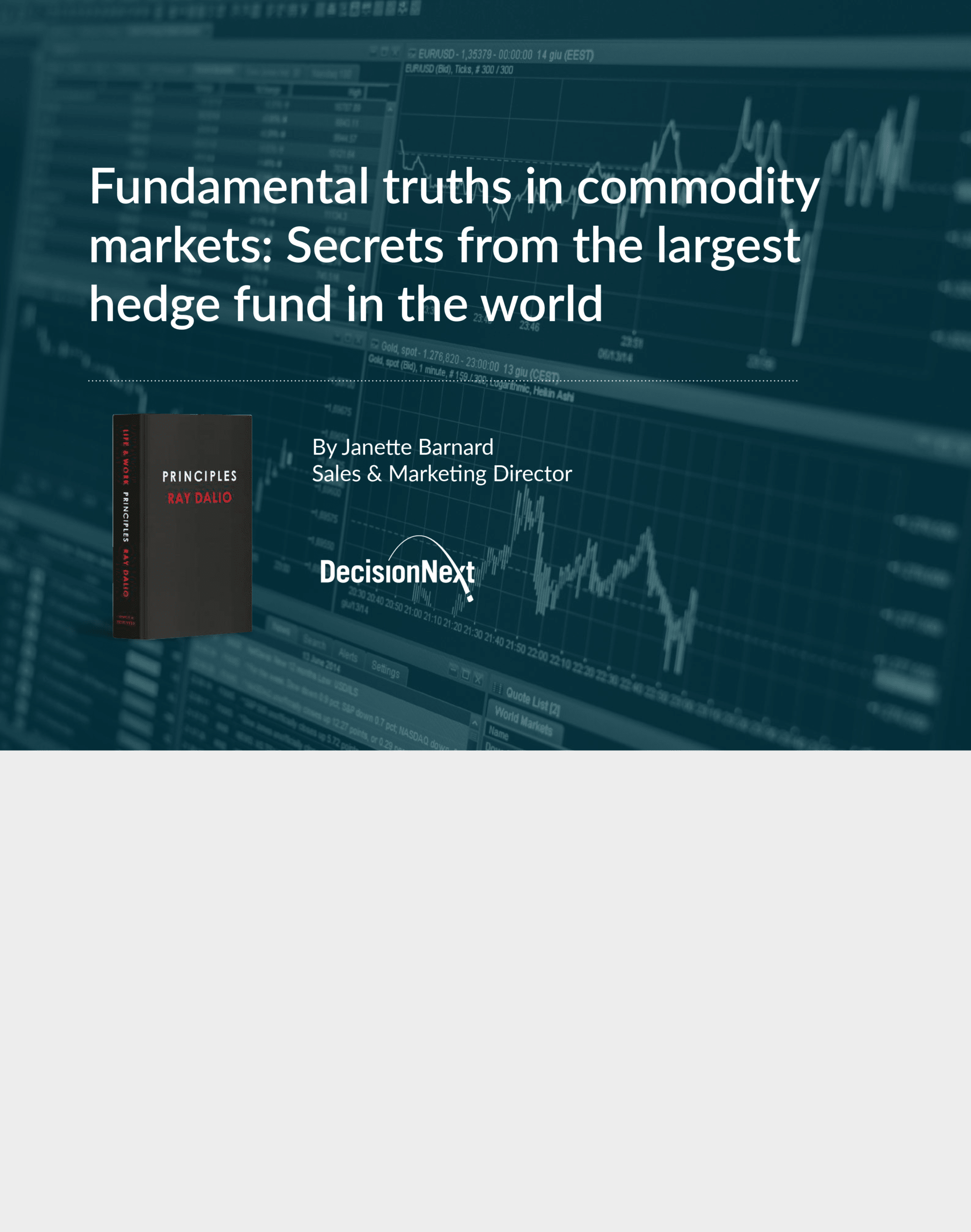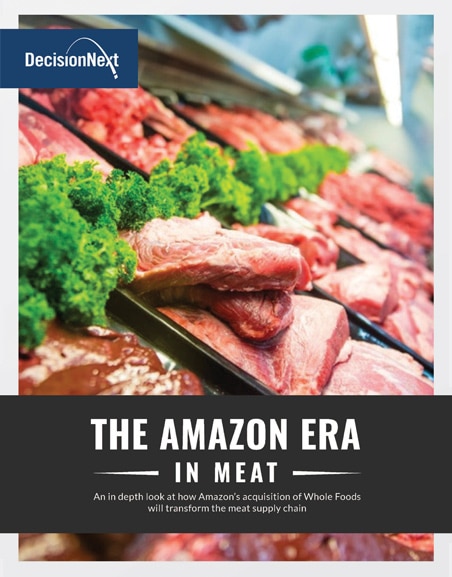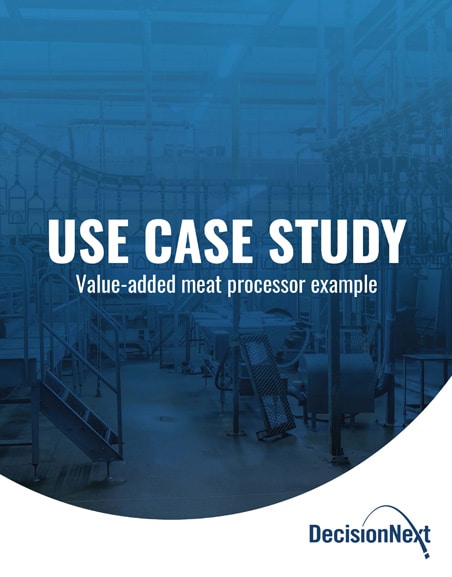Key Insights:
- Cheeseburger Index: 115 | Price $1.05.
- Hot Dog Index: 107 | Price $0.32.
- 50% Lean Beef Trimmings: still nearly double year-ago levels ($1.41/lb vs. $0.67 in 2024).
- Cheese Prices: below 2024 and five-year averages, offsetting some protein cost pressures.
Forecast: Input costs expected to soften into January before seasonal firming returns in Q2 2026.
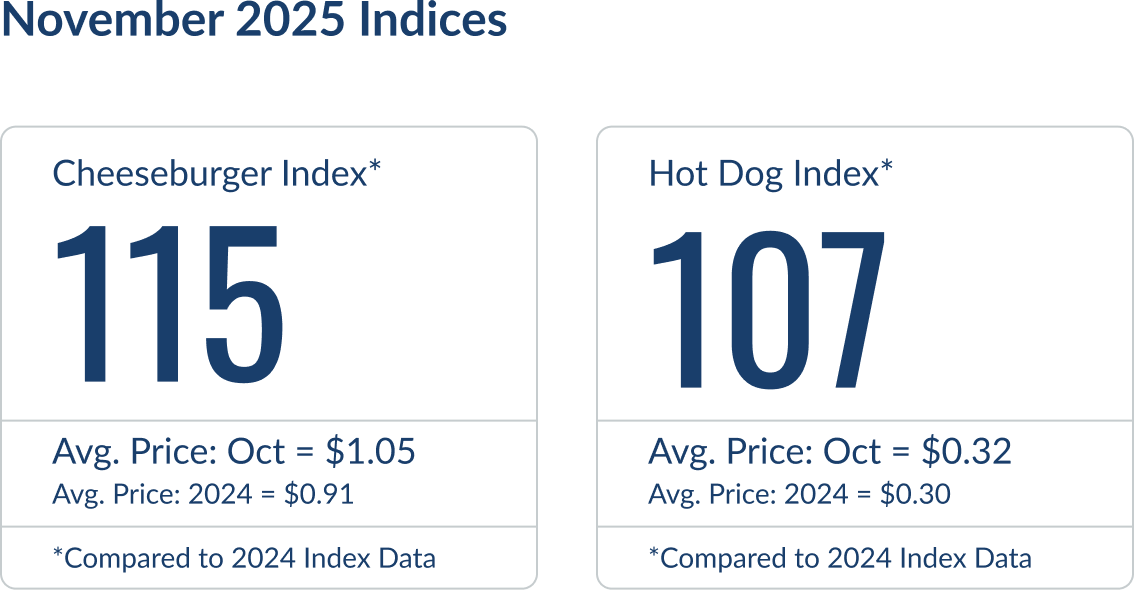
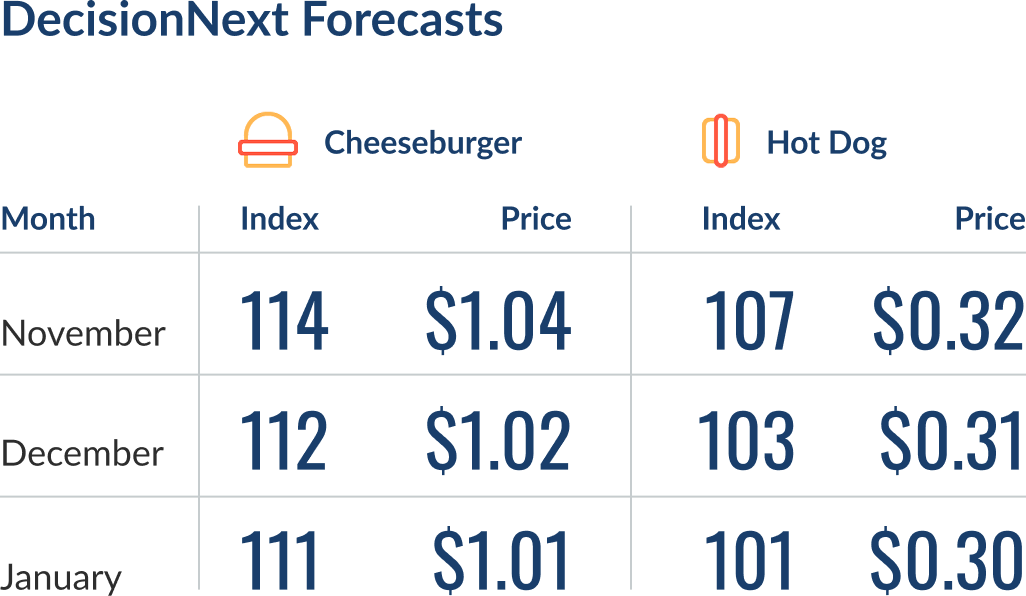
Figure 1 – Both the Cheeseburger and the Hot Dog Index stabilize as Q4 demand normalizes
Cooling Into Winter: Finished Goods Ease After a Volatile Summer
Input costs remain historically elevated in year-over-year terms. And yet, the November DecisionNext Finished Goods Index shows both Cheeseburger and Hot Dog Indexes settling after months of mid-year volatility.
For processors, retailers, and other organizations across the food value chain, this softening reflects normalization after the record highs reached in July when lean trimmings and oilseed inputs surged on tight supply and seasonal demand.
A Closer Look at the Cheeseburger and Hot Dog
At 115, the Cheeseburger Index declined ~3.4% from last month’s 119, with the composite raw material cost easing to $1.05 per unit, down from $1.09 (Fig 2).
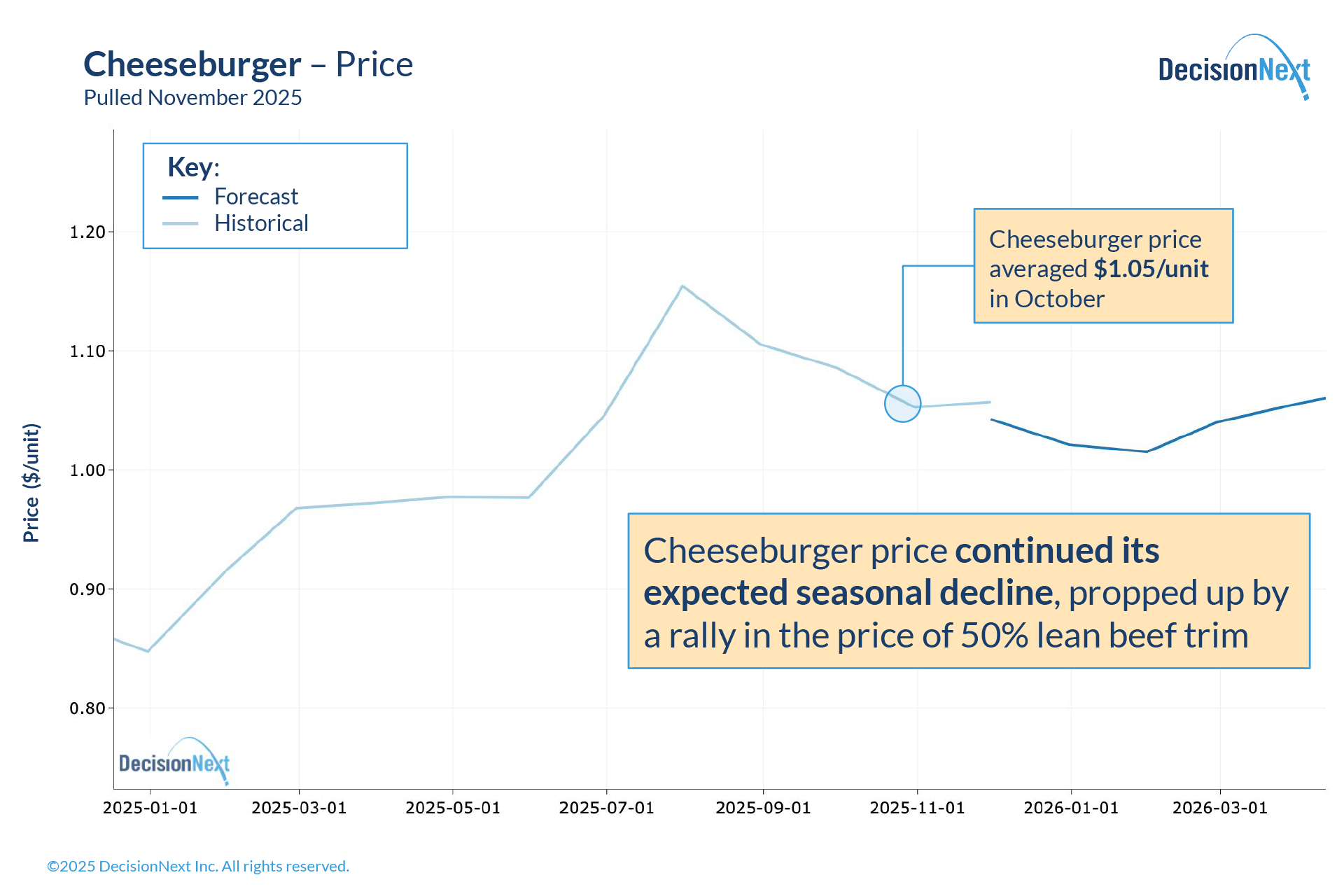
Figure 2 – While elevated year-over-year, the price of a cheeseburger is following a traditional seasonal pattern; falling into December before rallying into the new year.
With an index value of 107, the Hot Dog Index remains elevated relative to its baseline, despite easing from midsummer highs. The composite raw material cost sits at $0.32 per unit, down from $0.34 in September.
It is worth noting that there was a sharp increase in price in the back half of October. This spike was almost entirely driven by the surge in 50% lean beef trimmings. This increase, which reflects an atypical seasonal movement, is likely due to a surge in the volume of formula and forward orders that have occurred recently. Consequently, there has been less than anticipated volume in the market which caused the spot market prices to increase. It should be noted that in October, 50% lean beef trimmings made up 30% of the input costs for the hot dog.
When plotted side by side, the correlation is clear: hot dog costs move in lockstep with 50s pricing (Fig. 3). As trimming prices retreat into early 2026, DecisionNext forecasts a steady decline through January, followed by seasonal strengthening through mid-year — a pattern consistent with historical behavior.


Figure 3 – Hot dog price is largely driven by the price of 50% lean trimmings. In October, 50s contributed roughly 30% of the input costs of the finished hot dog.
What It Means
The November 2025 FGI underscores that while overall finished-goods costs have cooled, the protein complex remains structurally tight. Even modest reductions in input costs occur from a historically high base.
For manufacturers, foodservice operators, and retailers, these movements highlight the need for forward-looking visibility into input volatility and the importance of tracking each underlying ingredient within finished goods models. The recent surge in 50% lean beef trimmings illustrates how a single input can disproportionately influence total product costs — pulling both the Cheeseburger and especially the Hot Dog Index sharply higher. Understanding these linkages allows stakeholders to anticipate where volatility will cascade through finished goods and manage risk more effectively.
Expectations for Q1 2026 suggest modest easing before markets firm again into grilling season, reinforcing the importance of monitoring cross-commodity linkages within the DecisionNext Finished Goods Index suite.
Want to see the data behind this forecast or run your own analysis?
Connect with DecisionNext or access the platform today.
About the Report
The DecisionNext Finished Goods Index showcases the value of multi-commodity finished goods cost forecasting across protein, dairy, grain, and ingredient markets (see full methodology page). By comparing the current value to the average value from 2024, it helps stakeholders visualize real-time and future cost pressures and profit opportunities across value-added food products. The tool makes it possible for users to forecast finished good costs, adjust recipes, and analyze forward-looking scenarios.

